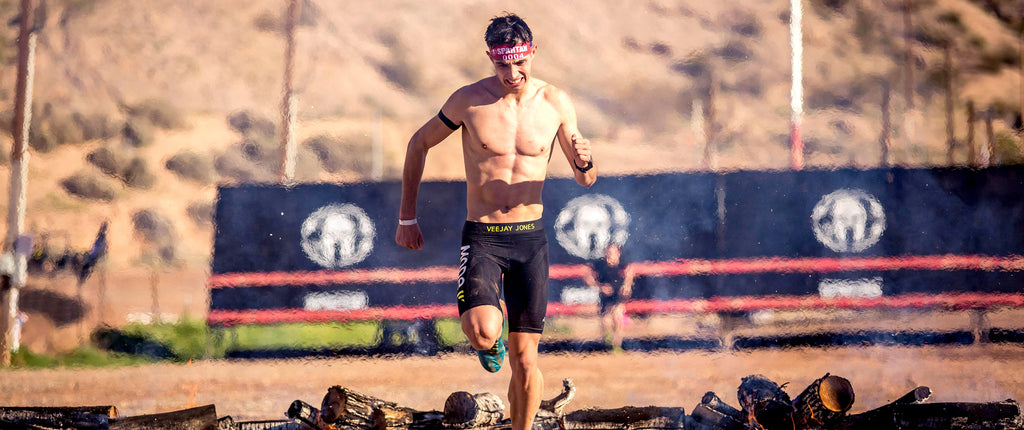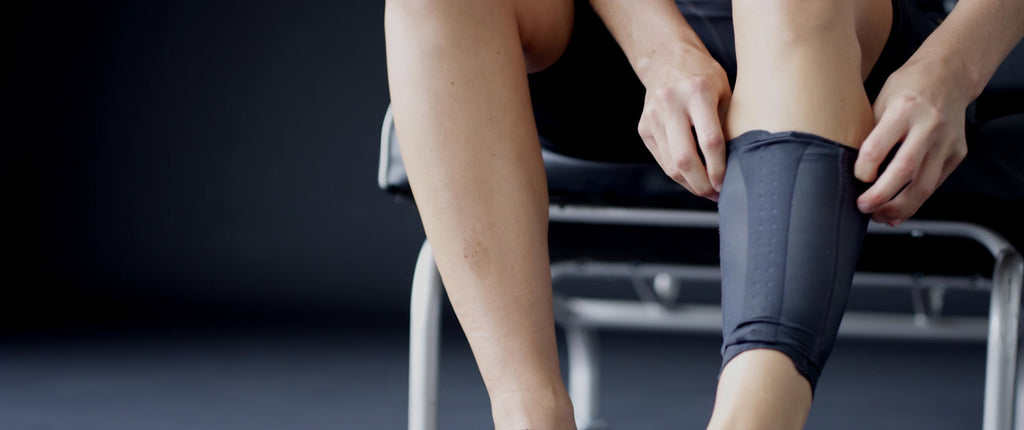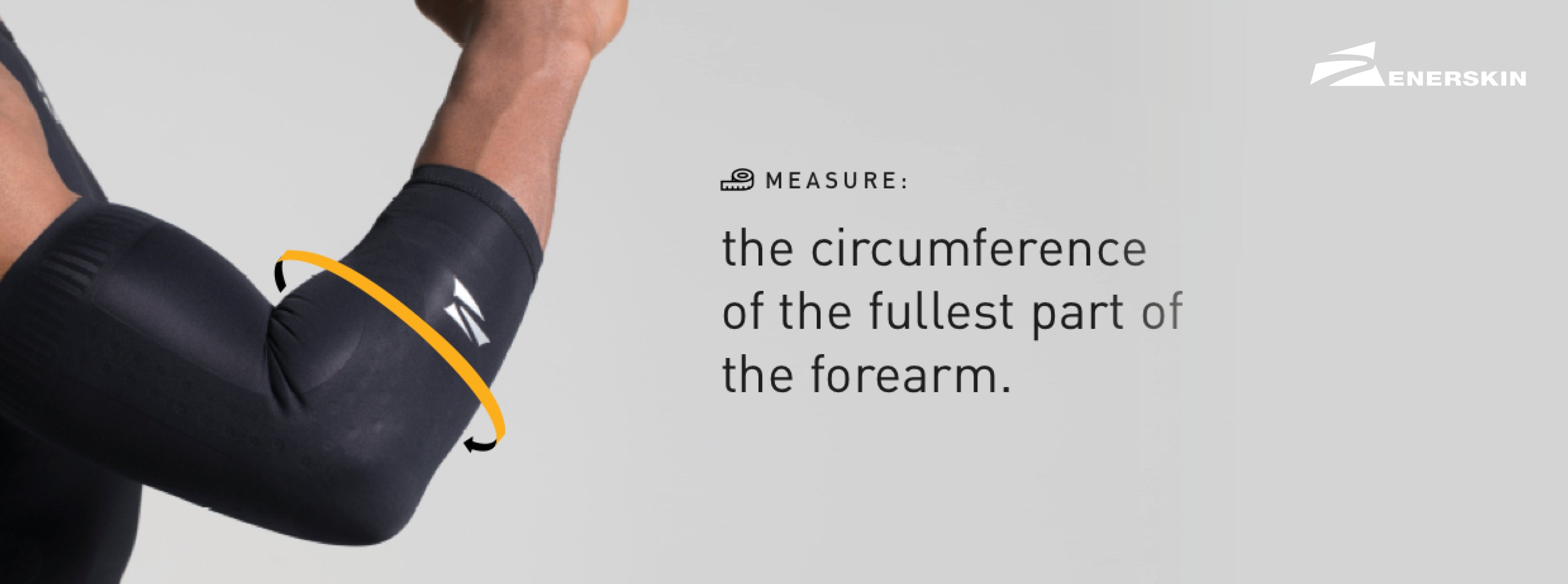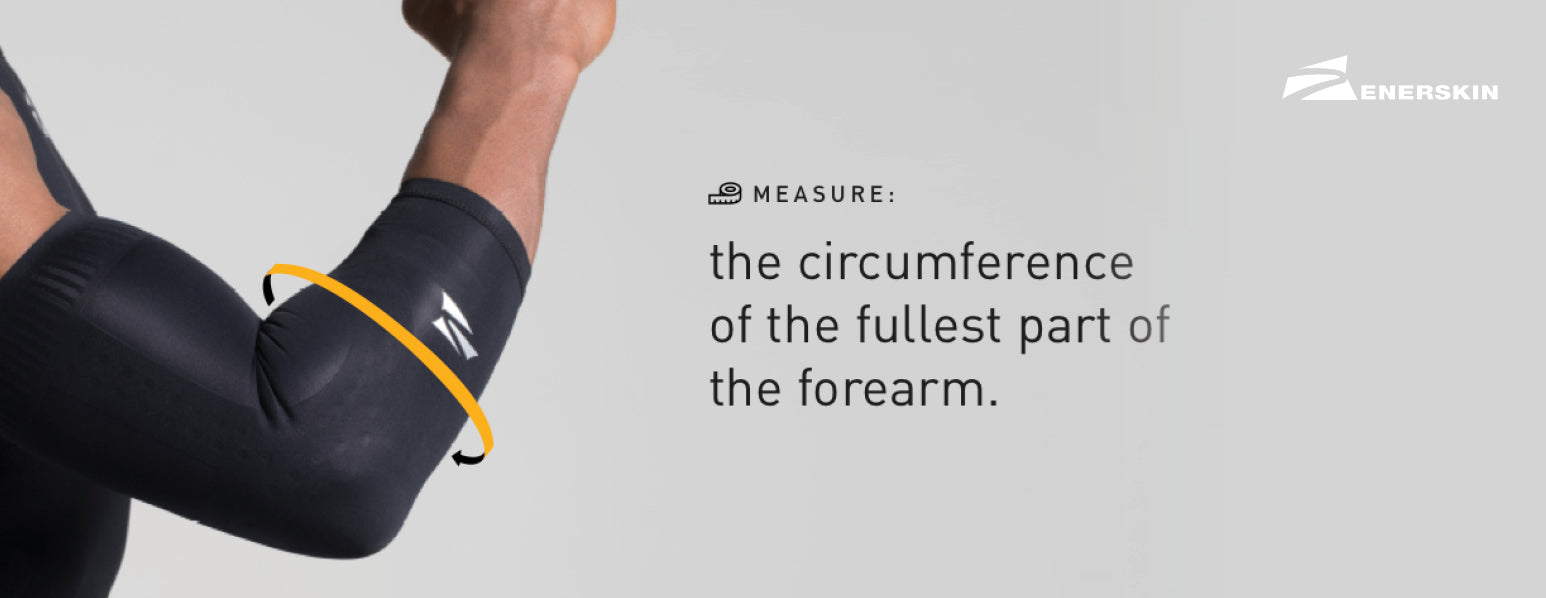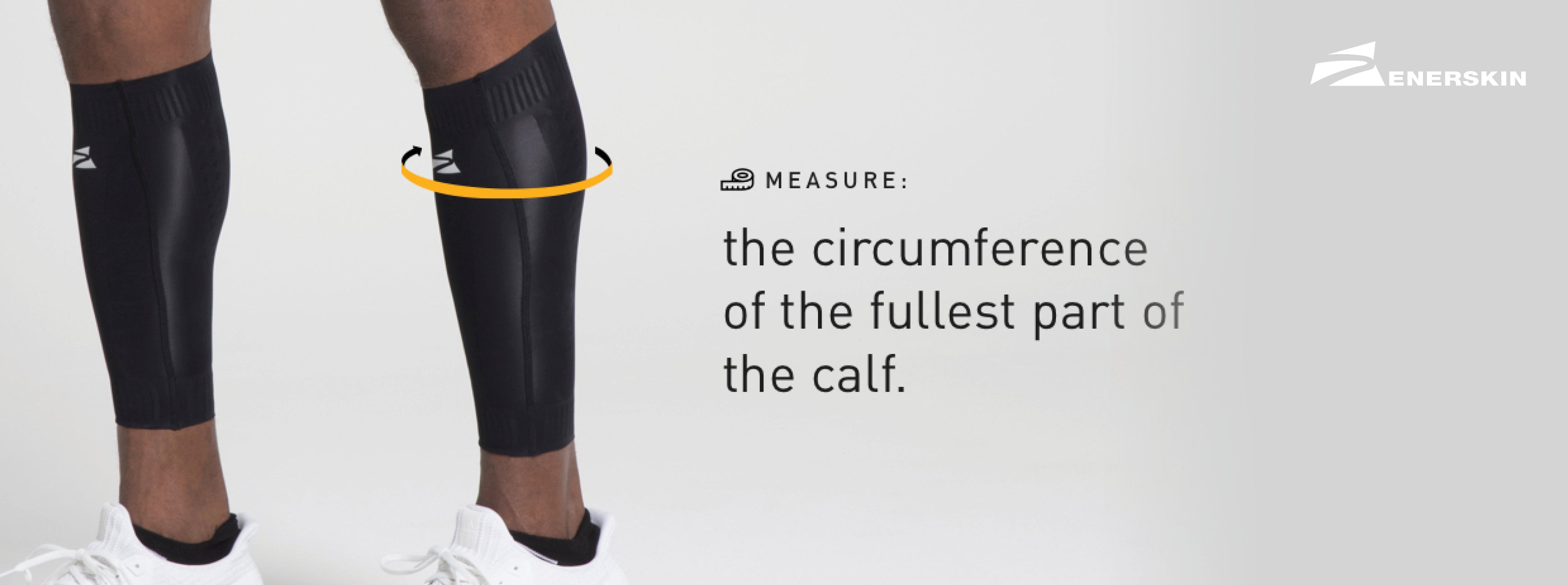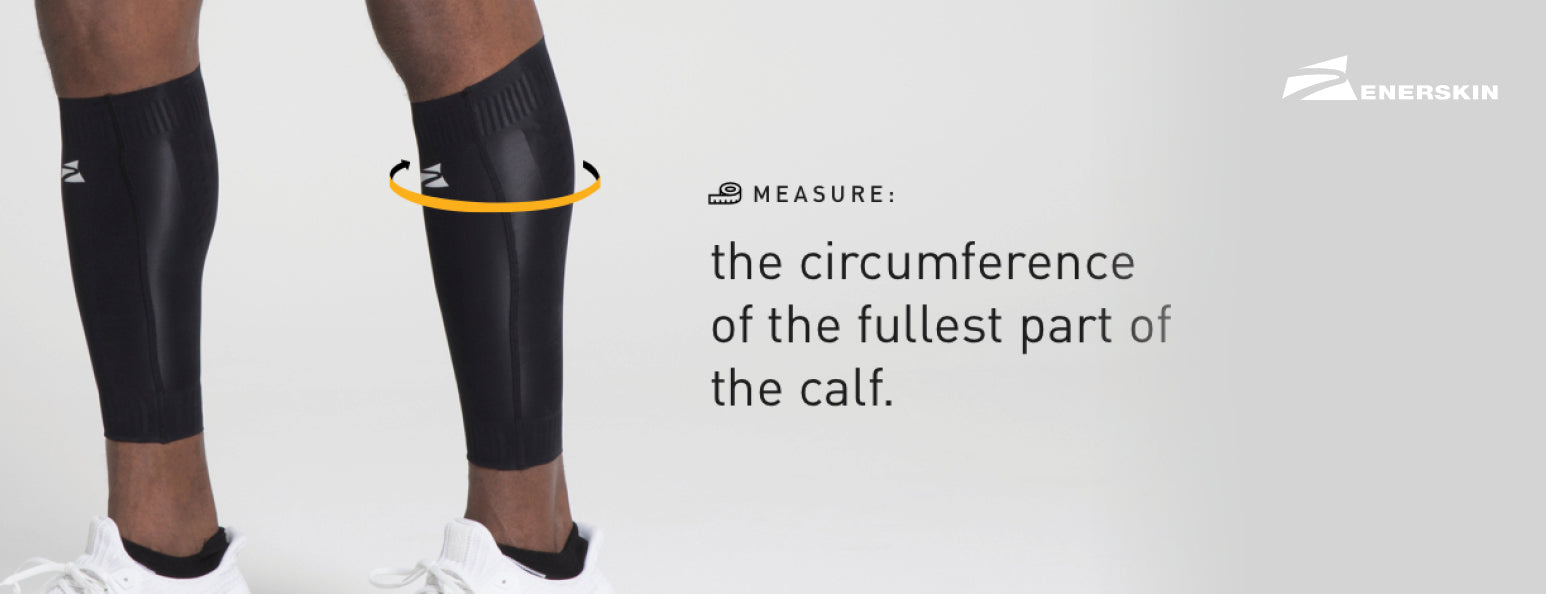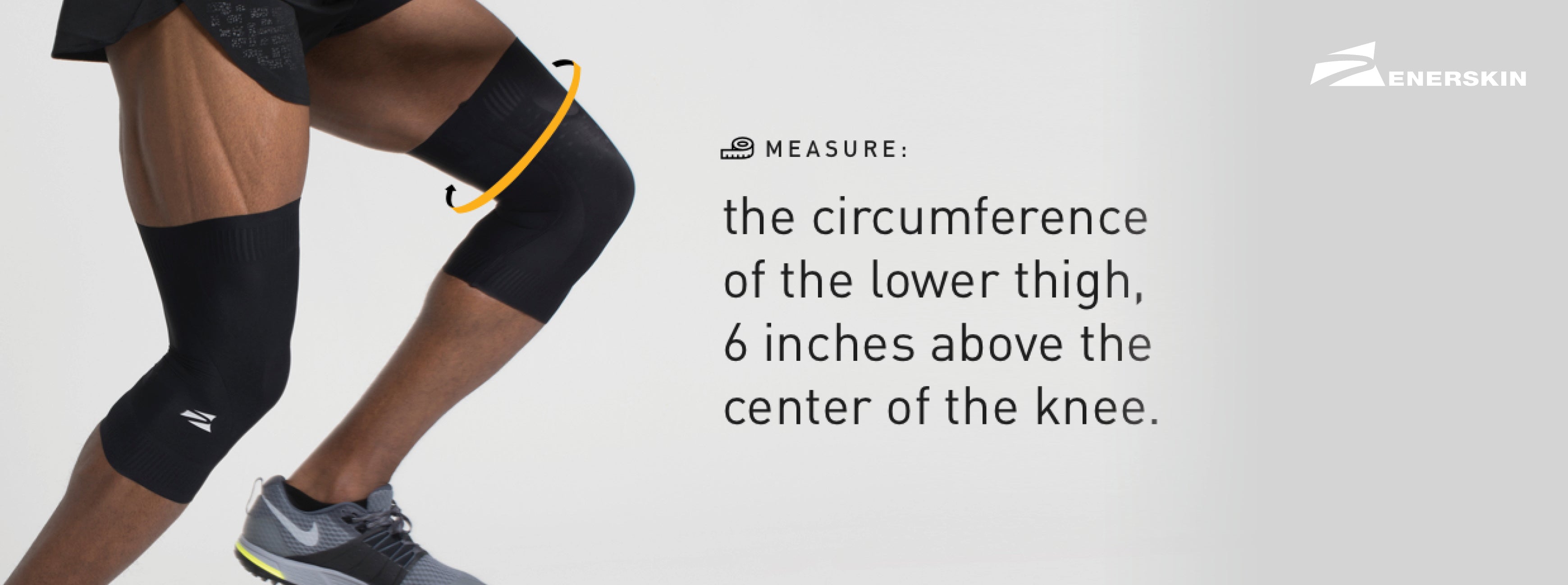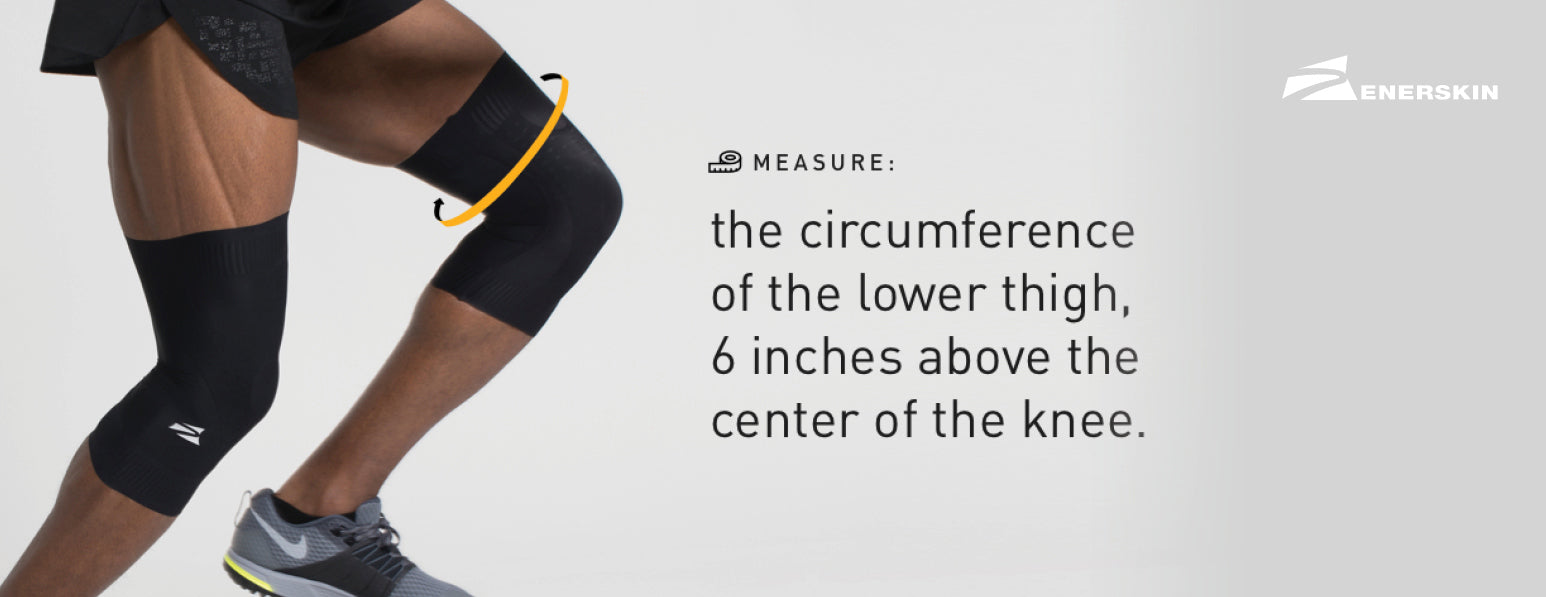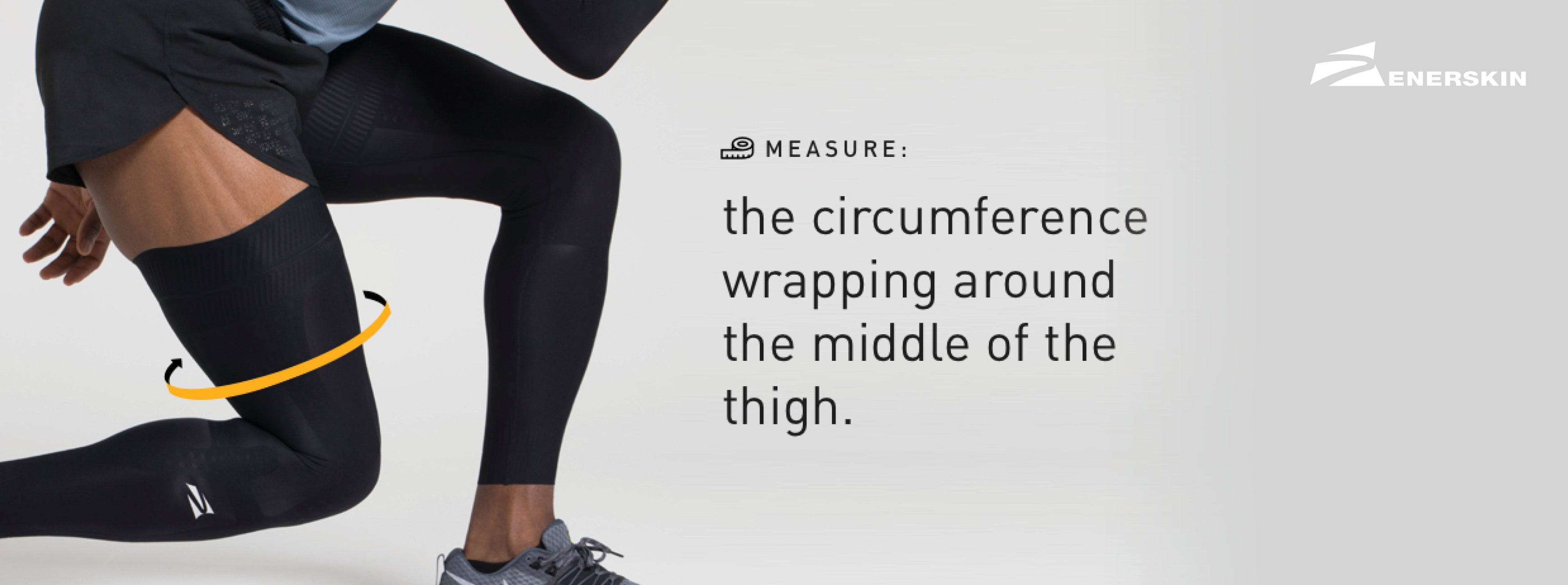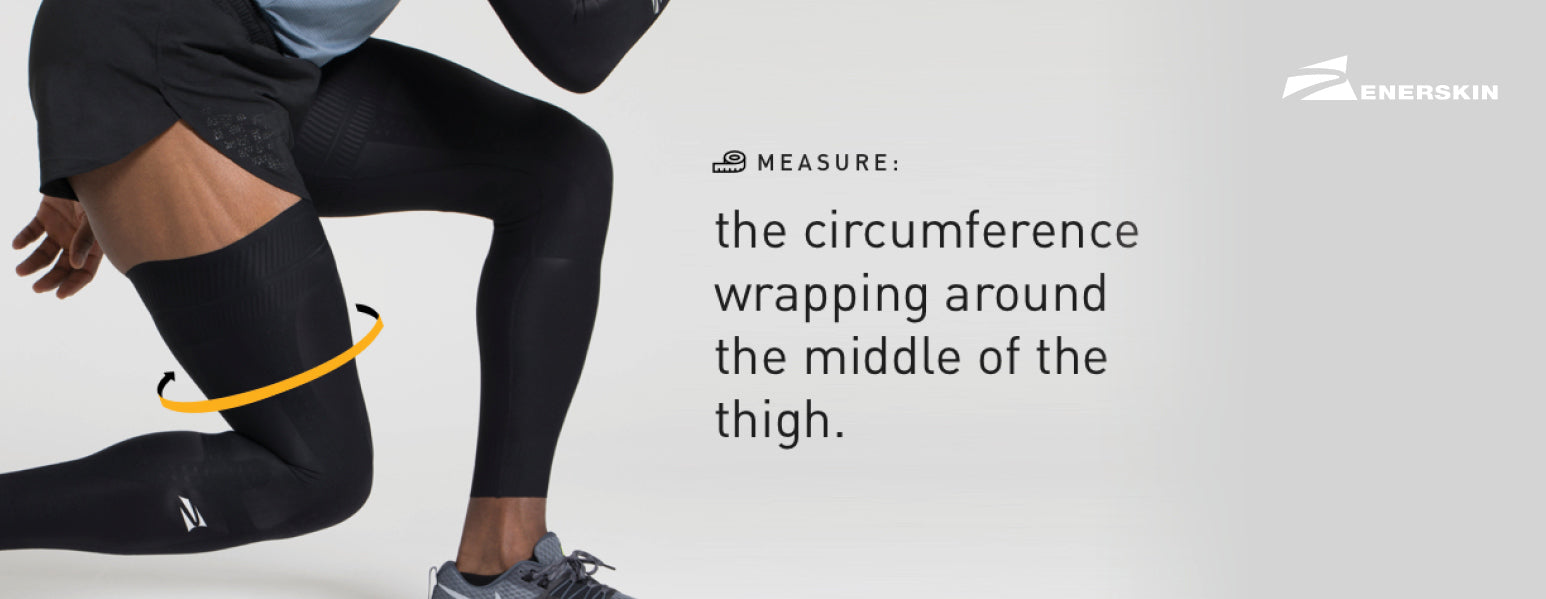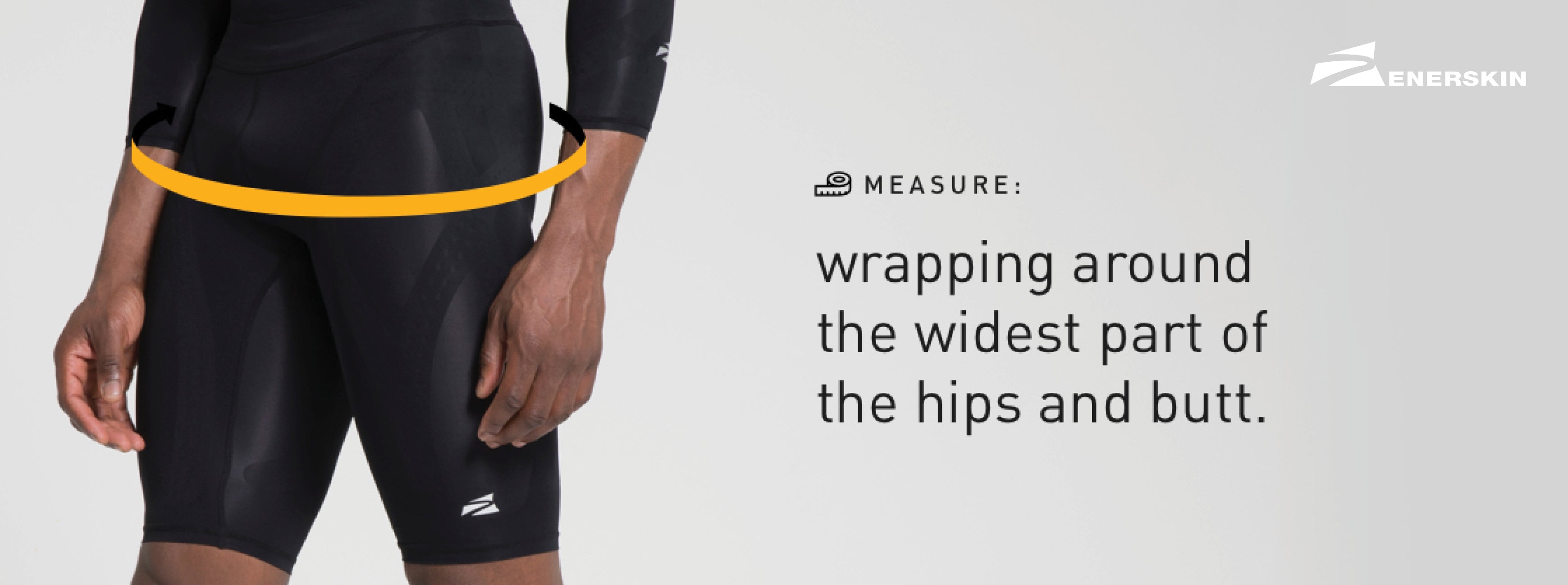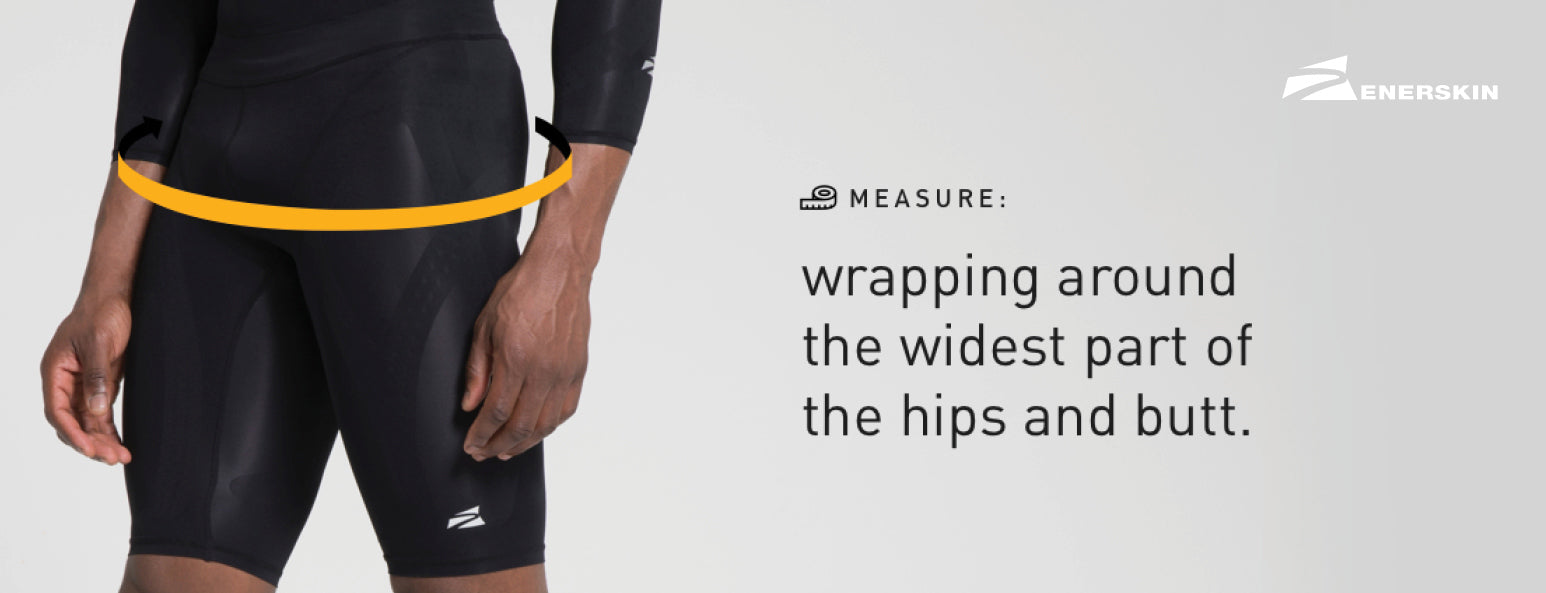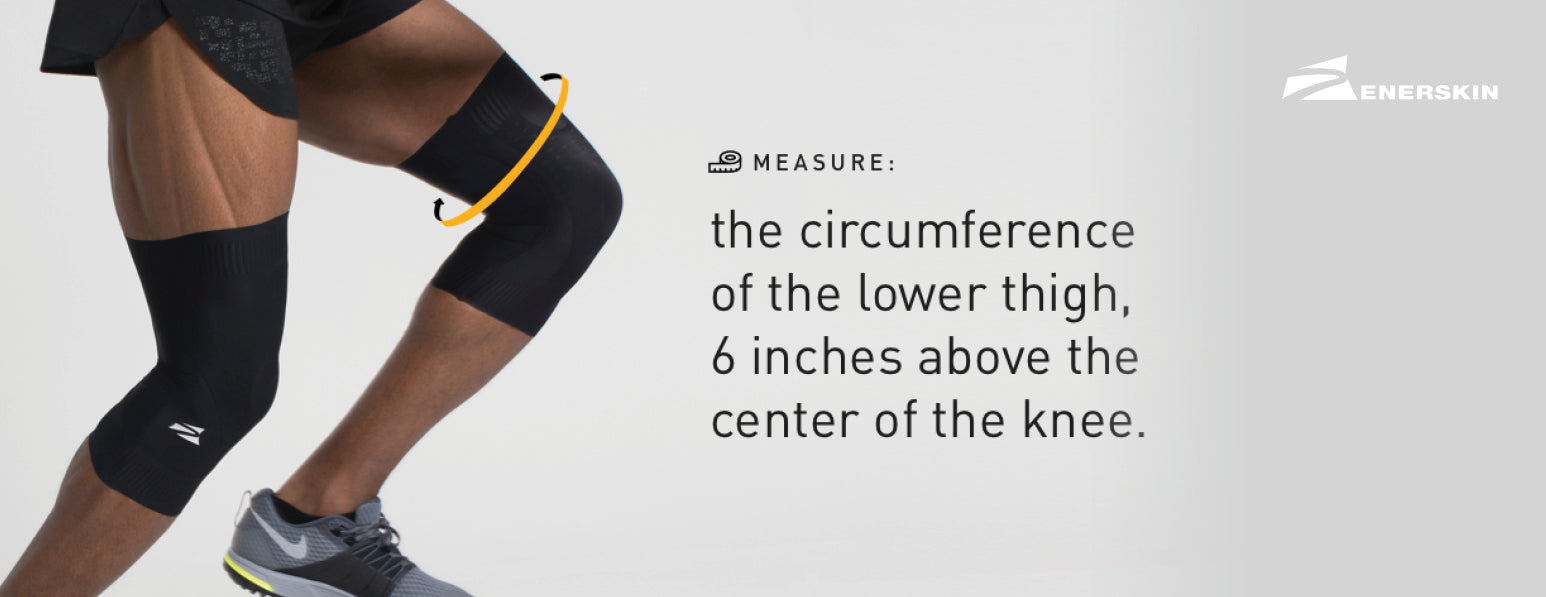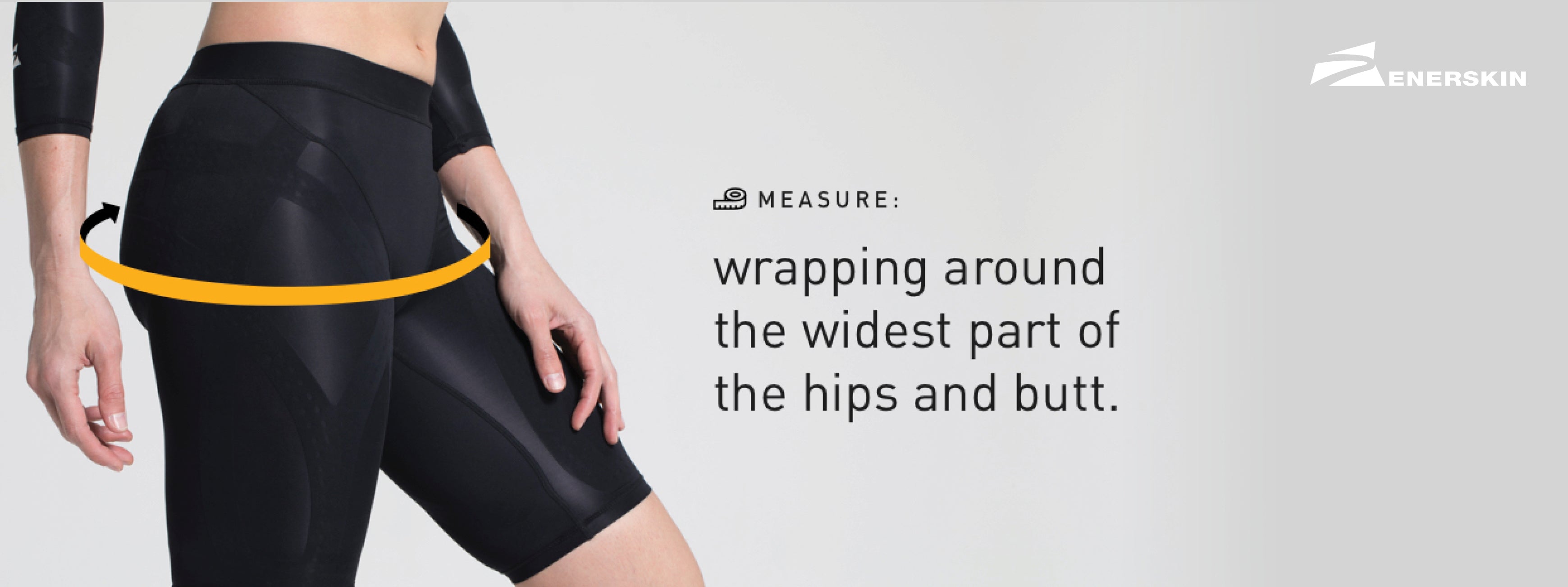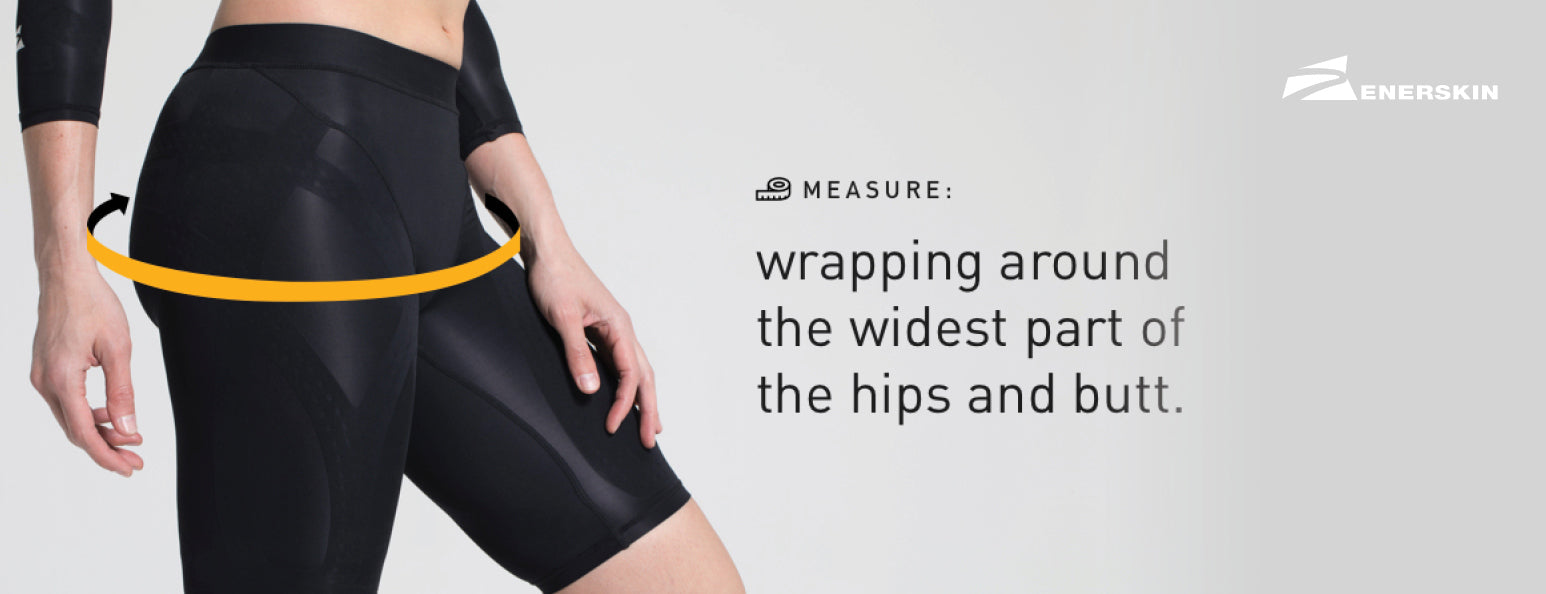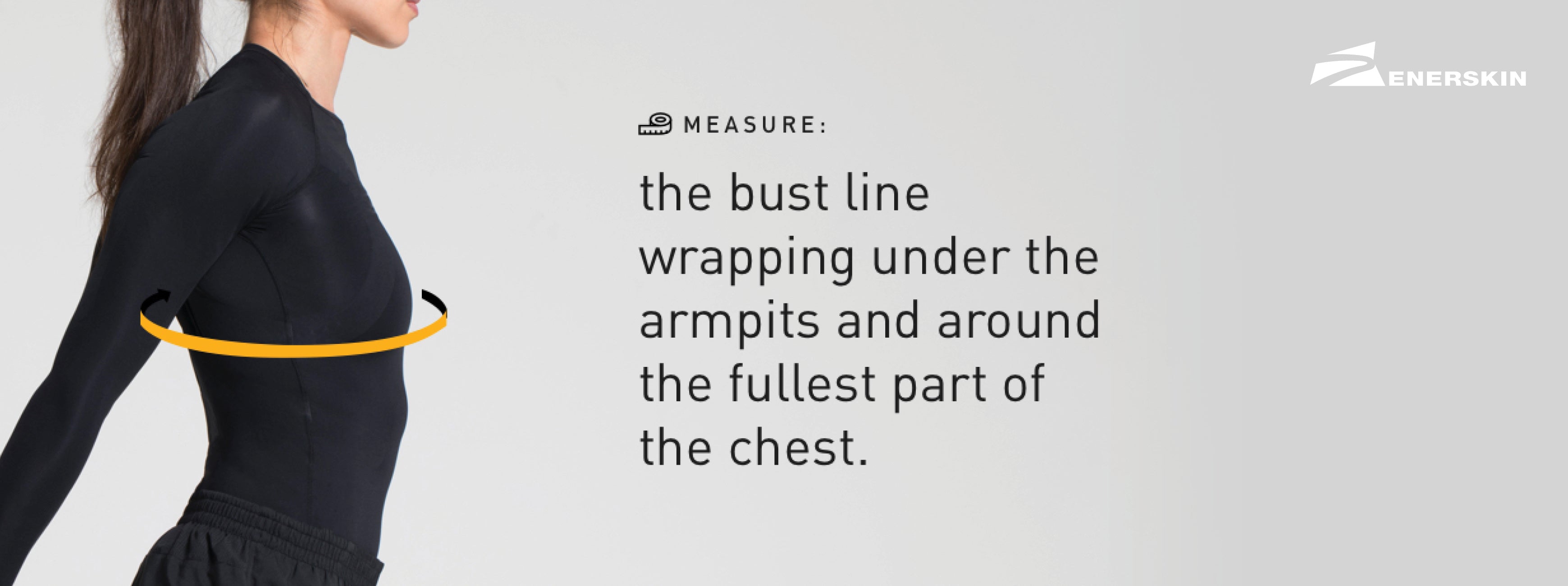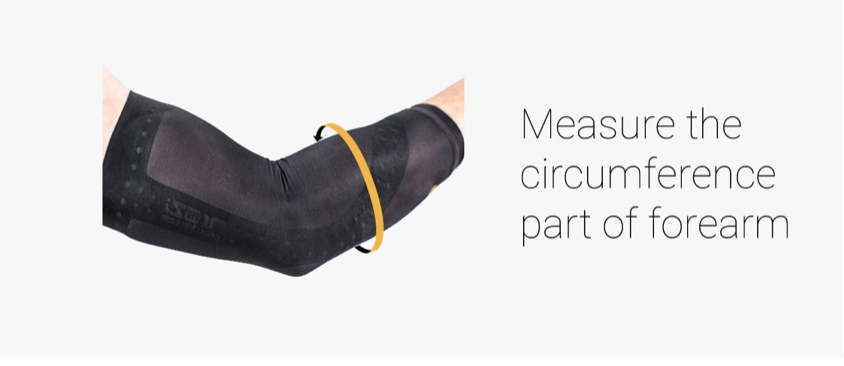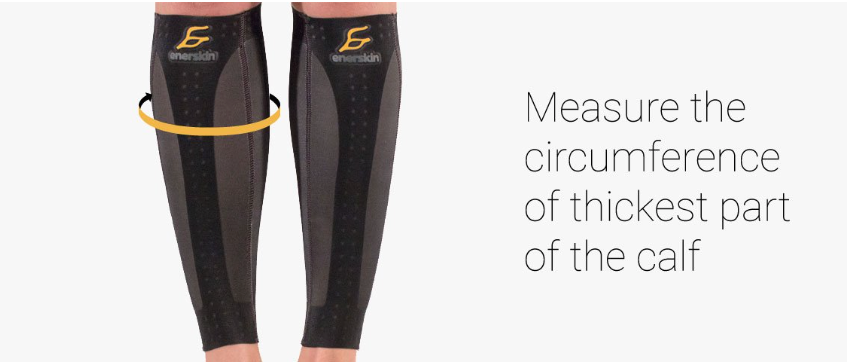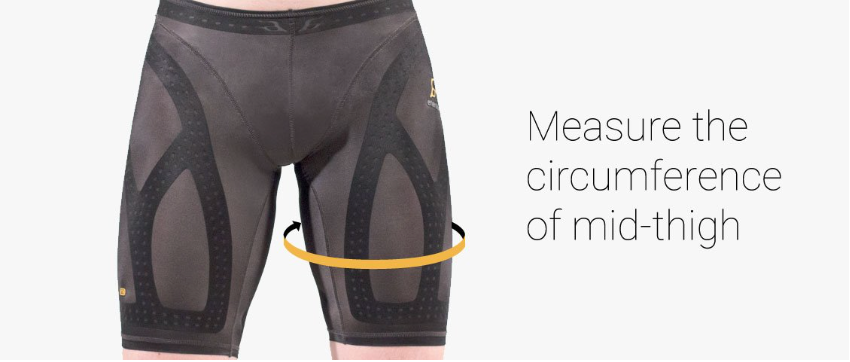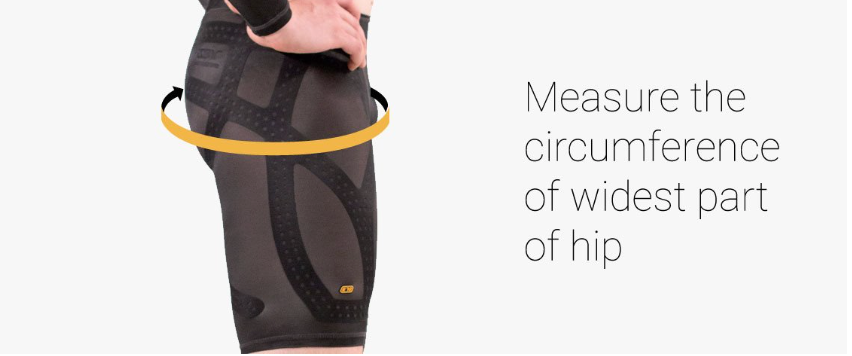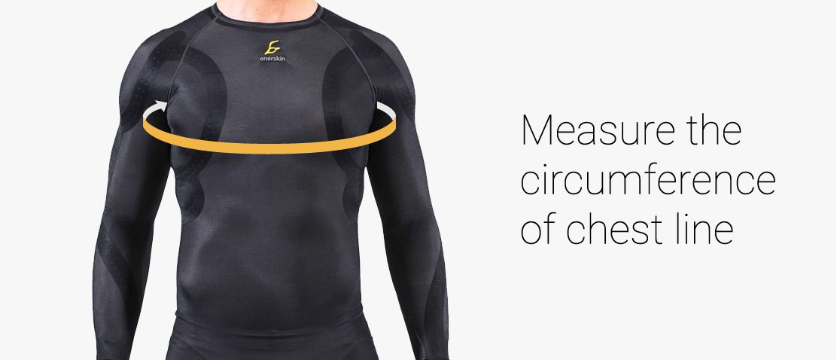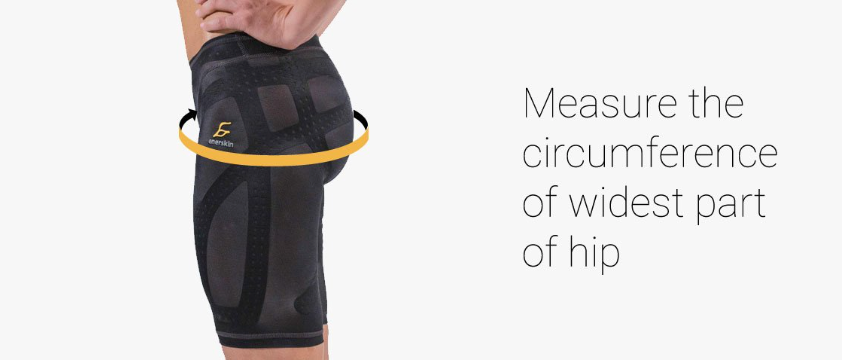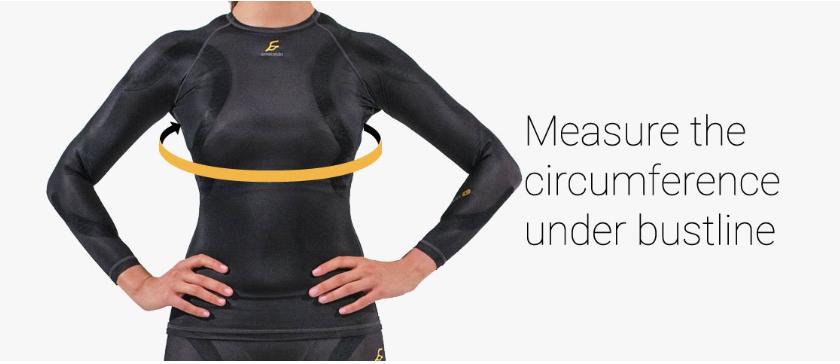7 Simple Upper Body Physical Therapy Exercises You Can Try at Home

Physical therapy is one of those things you don’t know too much about until you're injured - then you find yourself knowing everything there is to know about it. Done right, physical therapy is the difference between being able to jog outdoors on a nice spring day and needing a swimming pool just to get in your cardio.
In short, you want to make sure you’re doing it right.
Unfortunately, if you’ve never been injured, it’s hard to understand the importance of proper physical therapy for recovery. After leaving the hospital (or worse, never going to see the doctor in the first place), recovering on your own can lead to permanently injuries, like torn ACLs and bone calluses that limit range of motion.
Amateur athletes and gym-goers should know more about physical therapy. A few small stretches could mean the difference between injury recovery and permanent damage. So we’re giving you these 7 physical therapy exercises you can try at home. These are great if you’ve suffered an injury or even if you’re just feeling a little sore:
1. Neck - Chin Up

Neck pain can be a frustrating injury. Things like getting dressed, raising your hands above your head, driving, and even just holding your head in place can become strenuous.
The Chin Up is a simple (but extremely helpful) way to keep your neck muscles healthy. Focus on contracting the muscles in the back of the neck. Raise your chin up, point your nose towards the ceiling, and.feel the stretch. Don’t strain yourself, either—it shouldn’t hurt. Come back down nice and slow. Make sure your motion is slow and controlled. Don’t bring the back of your head to the top of your back.
You can also do variations by tilting your head from shoulder to shoulder or moving your head to the left and right while your body faces forward.
2. Shoulders - Golfer Stretch

Shoulder pain turns everyday arm movements, especially carrying and reaching for objects, into a total struggle .
The Golfer Stretch (looking like the end of a successful swing) can aid in shoulder recovery. Raise your arm up and bring it across chest. Assist the stretch with the opposite hand. Bring it in towards your chest to really activate the stretch. Don’t pull your arm, just guide it gently while pushing in.
Remember—it’s important not to force any of these stretches. Just do them nice and slow.
3. Upper Arm - Sleeper

Brushing your teeth should never be hard, but upper arm injuries can inhibit fine motor coordination.
Try the Sleeper. Using a pillow, lean down on your affected side. Keep your knees bent so you don’t strain your back. Lay your affected arm out, then bend it up at 90 degrees (perpendicular to the floor). Use your other hand to gently push your affected forearm towards the floor and your feet. Make sure your neck is nice and relaxed the entire time.
4. Elbow - Wrist Extension w/ Broom Handle

If your elbow pain is keeping you from cooking, you need to try the Wrist Extension with Broom Handle stretch.
It’s a great exercise for increasing the overall range of motion of your wrist. In order to do it, you need a long, light object like a broomstick (or an umbrella). Hold the stick up at shoulder height, with hands held at the center. Flex the wrist of your affected hand by reaching around (like you’re pulling the stick towards you) and then bending your hand back (like you’re pushing it away). Keep your good hand stationary.
Within no time, your range of wrist motion (and strength) will increase.
5. Forearm - Wrist Extension Stretch

Forearm pain is usually caused by sports like tennis, and can be a side effect of arthritis. A great way to fight this is the Wrist Extension. Think of it as similar to a calf stretch, but for your forearm muscles.
Bring the affected arm straight out and away from the body (with your palm facing down). Then use your other hand to grab and stretch your fingers up towards the ceiling. Your arm should now be straight, with the palm of your affected hand pointing away from your body. Release gently.
6. Wrist - Towel Wringing

Wrist pain is very debilitating, and can make your hand relatively useless until you recover. How can you get hands back in the game?
Towel Wringing. You’ll need a rolled-up towel for this one. WIth both hands close together, roll your hands away from each other, as if you were wringing out a wet towel. This exercise really flexes both wrists.
By comparing the range of motion in your affected wrist to the range of motion in your normal wrist, you can get a better sense of how close you are to recovery. It will give you a benchmark to aim for.
7. Hand - Tendon Glide

Fingers out of the game? Everything becomes harder. Simple tasks, like tying shoes or signing checks, become painful battles.
If this is the case, you need the Tendon Glide. While seated, place your affected hand palm up on your knee. Clench the thumb of your other hand on top of your palm (as you would when massaging your hand). Then flex the fingers of your affected hand around the thumb of your other hand. This will give you a better sense of the pain, which fingers it affects, and where you need to be careful. Don’t strain yourself too much—light pressure should relieve some of the tension.
And that covers the upper body. If you're looking for the other half of the workout, join us next week as we go over six lower body physical therapy exercises that you can do at home.
Remember, doing these correctly can make the difference between physical freedom and potentially hurting yourself further. Take your time and be well.
Enhance Your Exercises with Enerskin
you may also like
